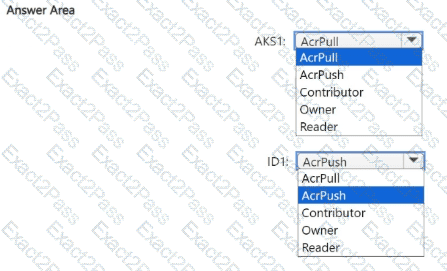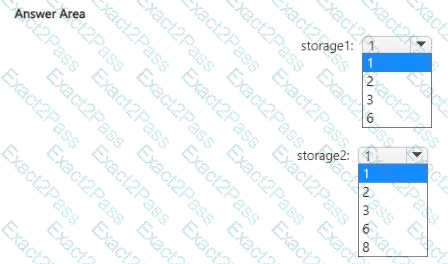Last Update 7 hours ago Total Questions : 492
The Microsoft Azure Security Technologies content is now fully updated, with all current exam questions added 7 hours ago. Deciding to include AZ-500 practice exam questions in your study plan goes far beyond basic test preparation.
You'll find that our AZ-500 exam questions frequently feature detailed scenarios and practical problem-solving exercises that directly mirror industry challenges. Engaging with these AZ-500 sample sets allows you to effectively manage your time and pace yourself, giving you the ability to finish any Microsoft Azure Security Technologies practice test comfortably within the allotted time.
You plan to implement JIT VM access. Which virtual machines will be supported?
You plan to configure Azure Disk Encryption for VM4. Which key vault can you use to store the encryption key?
You implement the planned changes for the key vaults.
To which key vaults can you restore AKV1 backups?
You need to configure the AKS1 and ID1 managed identities to meet the technical requirements. The solution must follow the principle of least privilege.
Which role should you assign to each identity? To answer, select the appropriate options in the answer area.
NOTE: Each correct selection is worth one point.

You have an Azure subscription that contains the storage accounts shown in the following table.

You need to create private endpoints for the target sub-resources of the storage accounts. The solution must ensure that all the target sub-resources can be accessed by using a private endpoint.
What is the minimum number of private endpoints you should create for each storage account? To answer, select the appropriate options in the answer area.
NOTE: Each correct selection is worth one point.
 s
s
You need to implement the planned change for VM1 to access storage1.
The solution must meet the technical requirements.
What should you do first?
You need to delegate a user to implement the planned change for Defender for Cloud.
The solution must follow the principle of least privilege.
Which user should you choose?

